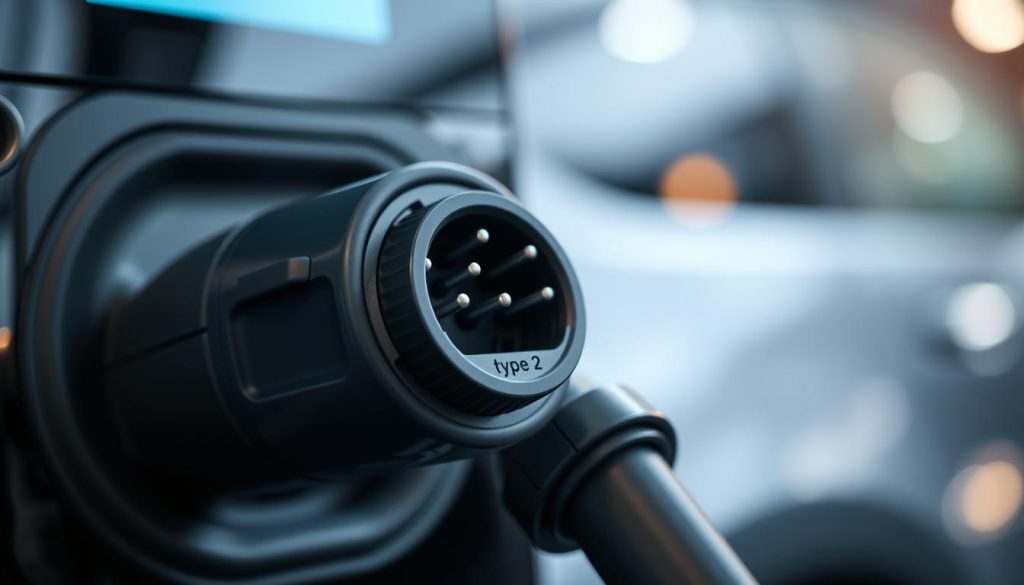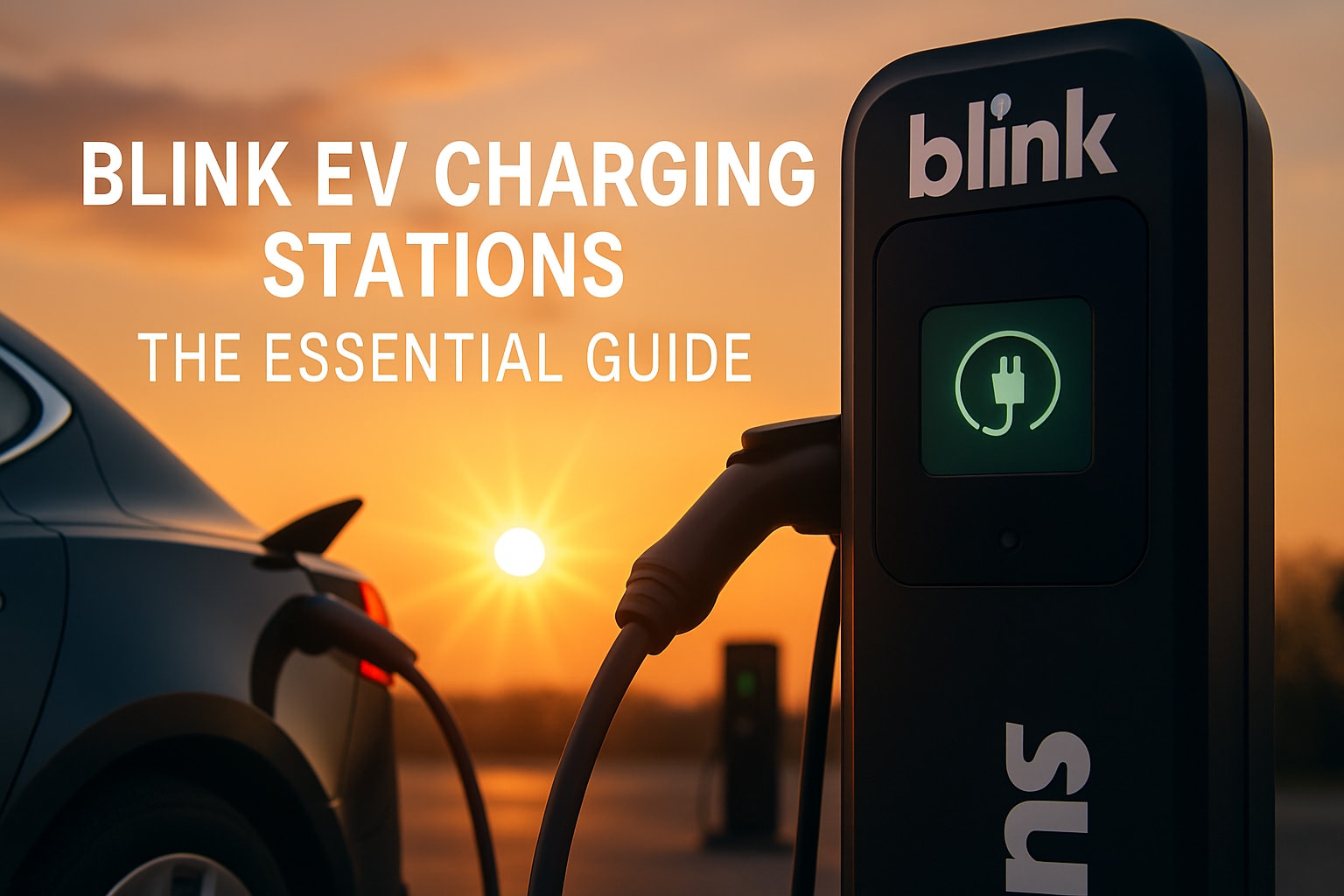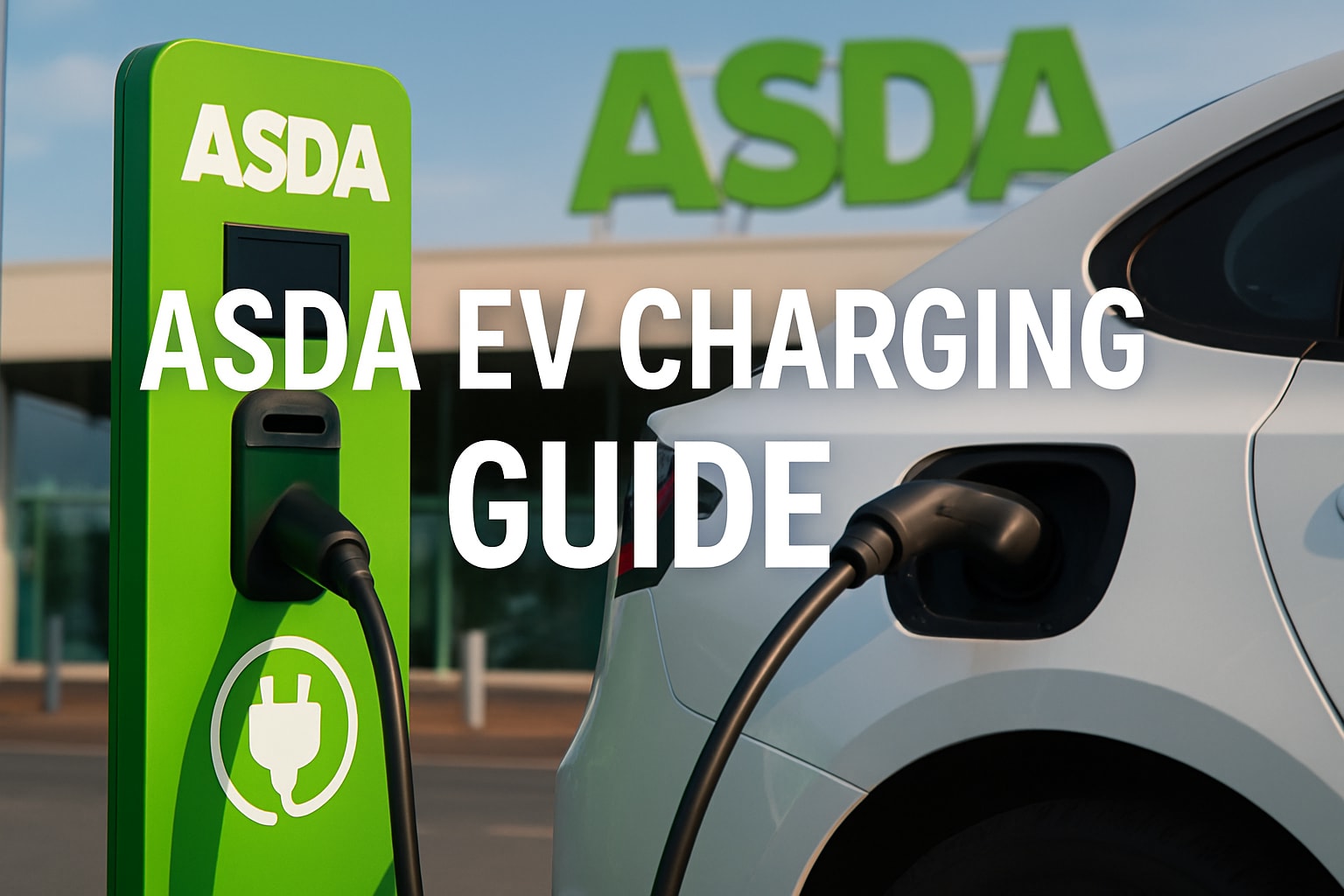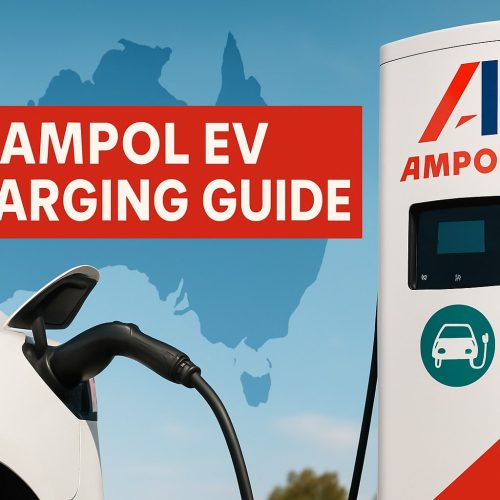The move to electric cars is changing how we refuel. The type 2 EV charger is key for charging at home. It’s faster than old ways, making your car ready to go quicker.
Type 2 chargers work well at home, work, and public spots. They fit most electric cars. In Europe, they use 230 or 400 volts, fitting different power needs.
These chargers charge fast. They can give 16 to 120 km of range per hour. This is much quicker than using a wall outlet, keeping your car ready when you need it.
Key Takeaways
- Type 2 EV chargers offer faster charging speeds than basic options.
- They’re compatible with most electric vehicles on the market.
- Type 2 chargers can add up to 120 km of range per hour.
- They’re suitable for home, workplace, and public charging stations.
- Type 2 chargers use either single-phase or three-phase power inputs.
- They come in wall-mounted and all-in-one designs for flexibility.
Understanding EV Charging Basics
Electric vehicle (EV) charging is getting more popular. More people are choosing eco-friendly transport. Let’s look at EV charging basics and its good points.
What is a Type 2 EV Charger?
A Type 2 EV charger is common in Europe and other places. It can give up to 22 kW of power. This makes it good for both home and public charging spots.
AC vs DC Charging Explained
There are two types of EV charging: AC and DC. AC charging changes AC to DC for the battery. DC fast charging skips this step for faster charging.
Fast chargers can go from 50 kW to 350 kW. This makes charging quicker.
| Charging Type | Power Output | Charging Speed |
|---|---|---|
| AC Level 2 | 3 kW – 19 kW | Moderate |
| DC Fast Charging | 50 kW – 350 kW | Rapid |
The Benefits of Home EV Charging
Having an ev charge station at home is great. It’s easy, saves money, and charges overnight. Charging an EV is about 35% cheaper than petrol cars.
Home chargers need 220V or 240V. They can also be networked for extra features like scheduling and managing loads.
Networked chargers can limit charging to certain times. This can help save money by using electricity when it’s cheaper.
With over 1,000 fast charging spots and home charging, EV owners have a smooth charging experience. They can use their ev charging cable easily.
Type 2 EV Charger Specifications and Features
Type 2 EV chargers are very popular in the EU. They come in different power outputs. This makes them good for many charging needs.
At home, they can charge up to 7.4 kW. In big places, they can charge up to 22 kW.
The seven-pin connector on Type 2 chargers fits many electric cars. It follows the IEC 62196 standard. This means you can charge your car at home or at public stations easily.
| Charging Type | Power Output | Typical Application |
|---|---|---|
| AC Single-Phase | 3.7 kW – 7.4 kW | Home charging |
| AC Three-Phase | 11 kW – 22 kW | Commercial settings |
| DC Fast Charging | Up to 350 kW | Public fast charging stations |
Many Type 2 chargers have smart features. They can balance loads, schedule charges, and monitor remotely. These help you charge better and save energy.
They are also weatherproof. This makes them great for both inside and outside use.
Type 2 chargers are helping electric cars become more common. As technology gets better, charging will get faster and more efficient. This will make electric cars even more appealing.
Charging Speeds and Power Output
Knowing about charging speeds and power is key for home ev charging. The charger type and your car’s specs matter a lot.
Single-Phase vs Three-Phase Charging
Single-phase chargers can go up to 7.4 kW. Three-phase ones can reach 22 kW. This affects how long it takes to charge.
Charging Times for Different Battery Sizes
Charging times change with battery size and charger power. For example, a 40 kWh battery charges in 5.7 hours on a 7 kW charger. On a 22 kW charger, it’s 1.8 hours.
| Charger Type | Power Output | Range Added per Hour |
|---|---|---|
| Level 1 | 1-1.8 kW | 3-7 miles |
| Level 2 | 3-22 kW | 10-75 miles |
| Level 3 (DC Fast) | 50-350 kW | 120-1400+ miles |
Factors Affecting Charging Speed
Many things can change how fast your car charges:
- How your car charges
- The battery’s temperature
- How full the battery is
- The charger’s power
Charging gets slower as the battery gets fuller. This affects how long it takes to charge at your station.
Installation Requirements for Home Charging
Setting up a home charging unit for your electric vehicle needs careful planning. The ev charger installation process has several key factors. These ensure safe and efficient charging.
Electrical Prerequisites
Check your electrical system before installing a home charging unit. Most homes have a 200-amp service panel, good for Level 2 charging. But, older homes might need a 100-amp panel upgrade.
A professional can check if your setup can handle the extra load.
Safety Regulations and Permits
Following local electrical codes is key when installing an EV charger. You’ll need permits from your local authority. These rules make sure your charger is safe and works well.
Professional Installation vs DIY
While some might try DIY, getting a pro is best. A survey found 79% of U.S. homeowners are unsure about DIY installation. Licensed electricians ensure proper setup, code compliance, and system performance.
| Installation Aspect | Professional | DIY |
|---|---|---|
| Safety Assurance | High | Variable |
| Code Compliance | Guaranteed | Uncertain |
| Time Required | 2-6 hours | Varies greatly |
| Warranty Coverage | Often included | May be voided |
Proper installation of your home charging unit is crucial. It ensures safety and helps your EV charger last longer and work better.
Tethered vs Untethered Charging Units
When picking a home EV charger, you’ll find two main types: tethered and untethered. Each has its own benefits, shaping your charging experience and happiness.
Tethered chargers have a cable that’s always attached, about 5 metres long. They’re the top choice for electric car drivers because they’re easy to use. Just grab the cable and plug it in, making charging fast and simple.
Untethered units, however, need you to bring your own cable. This might seem less handy, but it’s more flexible. You can use different cable lengths or change to a new charging connector type 2 later without getting a new unit.
- Tethered chargers are pricier but keep your car safe from thieves.
- Untethered chargers cost less upfront but you need to buy a cable.
- Tethered units are bigger because they store the cable, while untethered ones look neater.
Choosing between tethered and untethered depends on how often you charge, what you like, and your budget. Tethered units are great for ease, while untethered ones are more adaptable and future-ready.
Comparing Charging Connector Types
Knowing about different charging connectors is key for EV owners. The Type 2 connector, also known as Mennekes, is the top choice in Europe. It’s known for being versatile and efficient.
Type 2 (Mennekes) Standard
The Type 2 connector works for both single-phase and three-phase charging. It can give up to 22 kW of power. This makes charging EVs fast and easy. It has made charging across Europe simpler.

Alternative Connector Types
While Type 2 is common in Europe, other places have their own:
- North America and Japan: J1772 (Type 1) for AC charging, up to 19.2 kW
- China: GB/T standard, up to 7.4 kW for AC and 237.5 kW for DC
- Tesla’s own connector: Now called the North American Charging Standard (NACS)
Regional Compatibility
Charging standards vary by region, which can be a problem for travellers. But, many EV makers offer adapters for different networks. This is important as more charging spots are added worldwide.
| Connector Type | Region | Max Power Output |
|---|---|---|
| Type 2 (Mennekes) | Europe | 22 kW |
| J1772 (Type 1) | North America, Japan | 19.2 kW |
| GB/T | China | 237.5 kW (DC) |
| NACS (Tesla) | North America | 250 kW (DC) |
Cost Considerations and Energy Efficiency
When you get a home charging unit or ev charging station, think about the costs and savings. Let’s look at the money side of EV charging at home.
Initial Installation Costs
Getting a home charging unit costs between £500 and £1,500. The price changes based on the charger and how hard it is to install. Level 2 chargers, good for home use, start under £1,000 but can go over £3,000 if you need to upgrade your electrical panel.
Running Costs and Electricity Rates
The cost to run your home charging unit depends on your electricity rate. On average, charging an EV at home is 35% cheaper than a petrol car. For a 40 kWh battery, a full charge costs £6.00 to £6.40. This means driving 13,489 miles a year costs £506 to £720, compared to £1,600 to £2,100 for petrol cars.
Available Government Incentives
Many governments give incentives to help people buy EVs. These can be grants for installing home charging units or tax rebates. These incentives can lower your costs and make switching to an EV easier.
| Charging Location | Annual Cost (13,489 miles) |
|---|---|
| Home Charging | £506 – £720 |
| Public Level 2 | £770 – £963 |
| Fast DC | £1,540 – £2,300 |
Choosing a home charging unit can save you a lot on costs. Plus, you get the benefit of charging your EV at home. Don’t forget to check out incentives to save even more.
Smart Charging Features and Management
Smart technology has changed how we charge electric cars. Smart Type 2 chargers have features that make charging better. They save money and work well with home energy systems.
Remote monitoring is a big plus of smart chargers. EV owners can control charging with their phones. This helps them charge when it’s cheaper, saving money.
Load balancing is another great feature. It stops power overloads by changing charging speed. It’s good for homes with lots of appliances or cars charging at once.
Smart chargers also work with home energy systems. They use solar power and cut costs. Some even let the car power the house when it’s needed.
As more public chargers appear, smart features are key. They manage many charging points well. They also give detailed data to help users and fleet managers.
Soon, all new chargers will need to be smart. This will help everyone and make the grid and environment better.
Maintenance and Troubleshooting
Keeping your Type 2 EV charger in top shape is key for reliable charging. We’ll look at common problems, how to keep it running well, and when to get help for your ev charging cable and ev charger installation.
Common Issues and Solutions
EV charger users might face issues like communication errors or charging stops. A study showed only 72.5% of fast chargers in the San Francisco Bay area worked right. Regular checks are vital.
If problems keep happening, check your charger’s manual or reach out to the maker’s support.
Regular Maintenance Tips
For a smooth-running EV charger, check cables, clean connectors, and keep outdoor units dry. The cost for charger upkeep is about £400 a year. A good Charging Station Management System (CSMS) can spot and fix issues fast, saving you money.
When to Seek Professional Help
For small problems, you might fix them yourself. But, for electrical faults or ongoing issues, get a pro. Many makers offer support and warranties for their chargers.
With new rules needing 97% uptime for EV chargers, getting help is more crucial. If unsure about your charger, always ask an expert.








